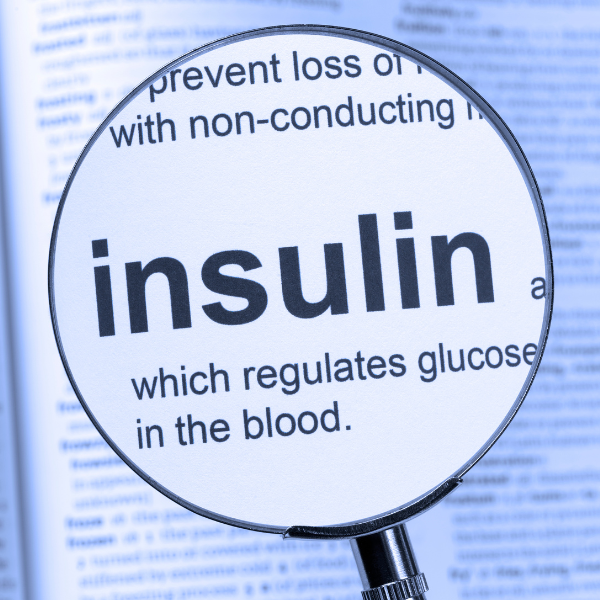UniCamillus nello spazio, grazie a una studentessa. Si chiama Annalisa Palazzi, frequenta il quarto anno del Corso di Laurea in Medicina e Chirurgia e ha presentato all’ESA (l’Agenzia Spaziale Europea) un progetto dal titolo “HypEGI – Hypergravity Effect on Gene activity of Hepatic Insulin”. Si tratta – ha raccontato lei stessa – di un lavoro che “valuta gli effetti dell’ipergravità sui geni responsabili della sintesi dell’insulina nelle cellule pancreatiche e in quelle muscolari”. Uno studio molto specifico che potrebbe tornare utile non solo in vista del ritorno dell’uomo sulla Luna e dei viaggi su Marte, divenuti ormai l’obiettivo primario da raggiunge per tutte le agenzie spaziali del mondo, ma anche in ambiti più comuni.
“L’ipergravità è una condizione a cui sono sottoposti un gran numero di professionisti – spiega sempre Annalisa – anche sulla terra, non solo nello spazio. Basta pensare da esempio a chi viaggia sugli aeroplani. Perciò i risultati che otterremo potrebbero già essere utili nella vita quotidiana. Se poi pian piano l’avanzamento scientifico ci consentirà di realizzare l’obiettivo fissato dei viaggi sulla Luna o su Marte, in futuro è chiaro che questo tipo di ricerche dovranno essere sviluppate in misura sempre maggiore”.
Annalisa ha sviluppato questa idea unendo diverse passioni che nella sua vita da studentessa è riuscita a coltivare: “Prima di iscrivermi a Medicina qui in UniCamillus ho preso una laurea triennale in Economia alla Luiss in inglese. Di certo non una scelta comune quella di passare da Economia a Medicina, cambiando totalmente ambito. Ma c’è un motivo che tiene uniti i due percorsi nella vita di questa ragazza: “Mentre studiavo Economia ho deciso di seguire un corso da infermiera militare, durante il quale ho capito che mi interessava molto il settore dell’economia sanitaria, ma anche sviluppare l’aspetto medico dal punto di vista pratico e non limitarmi al campo della gestione economica della medicina. Quindi dopo la triennale ho scelto di intraprendere il corso di studi in Medicina, e di svolgerlo in UniCamillus”.
Durante lo studio delle diverse materie per gli esami è poi nato l’interesse per questo particolare tema di cui è oggetto la sua ricerca. Il boost definitivo però è arrivato durante una delle conferenze del ciclo “Orizzonti della Medicina”, nell’ambito degli incontri della Terza Missione di UniCamillus. Si parlava di “Medicina e Astronauti: esplorare la salute nello spazio”; da lì il progetto di Annalisa, già in pentola da un po’, ha iniziato a lievitare e prendere forma. Grazie all’aiuto della Professoressa Tavazzi è riuscita a vincere una borsa di studio per una summer school proprio presso i centri dell’ESA, in Lussemburgo. Lì ha conosciuto altri colleghi, studenti e ricercatori: “Siamo stati divisi in gruppi di lavoro e il mio si è rivelato estremamente felice come composizione. Ci trovavamo bene a lavorare insieme e abbiamo continuato”. E sono anche andati fino in fondo questi ragazzi visto che, racconta sempre Annalisa: “Di fatto il nostro lavoro è pronto e finito. Dobbiamo solo metterlo in pratica. Per questo stiamo aspettando una risposta da parte dei laboratori dell’ESA per avere i fondi e poter utilizzare le loro strutture”. Lei stessa presenta così i suoi colleghi e il lavoro svolto insieme: “Ho collaborato con moltissimi altri professionisti e studenti come me. Io ero affiancata da due neurobiologi e tre ingegneri, tutti stranieri. Si tratta infatti di un progetto internazionale di mia ideazione che ho proposto prima al gruppo e poi a alla commissione ESA. L’idea è stata apprezzata e abbiamo continuato a svilupparla, sia sotto l’aspetto dei costi-benefici, sia nella presentazione al pubblico, in particolare tramite social. Abbiamo anche creato una mascotte (un gattino, disegnato dalla stessa Annalisa, ndr) per rappresentare questo nostro progetto”.Annalisa, insieme quindi ai suoi colleghi Andreea Monica Scorta (Romania) , Joshua Khan e Torin Wain (Regno Unito) e Alejandro Salinas Sola (Spagna), sta attendendo una risposta dall’ESA: “L’agenzia lancia progetti molto specifici di continuo e noi abbiamo candidato la nostra ricerca negli ambiti a cui facciamo riferimento. Non possiamo fare richiesta per qualunque progetto: ci serve proprio quello che ci permetterebbe di utilizzare delle apparecchiature specifiche nei laboratori. Siamo comunque in attesa di risposta anche per altri bandi. La speranza è che questa ricerca che stiamo portando avanti possa dare risposte sugli effetti che astronauti e persone hanno sul loro organismo in determinate condizioni molto particolari. Ci auguriamo di avere una risposta a breve. Intanto però sono già grata ai miei professori di UniCamillus per aver creduto e supportato questa mia idea, aiutandomi e incoraggiandomi a farla partire”.




